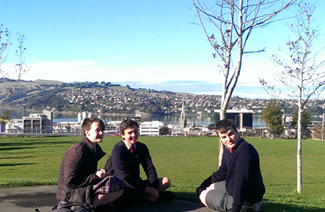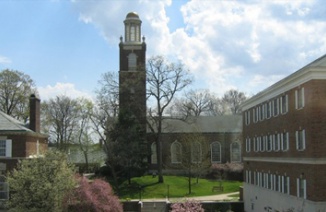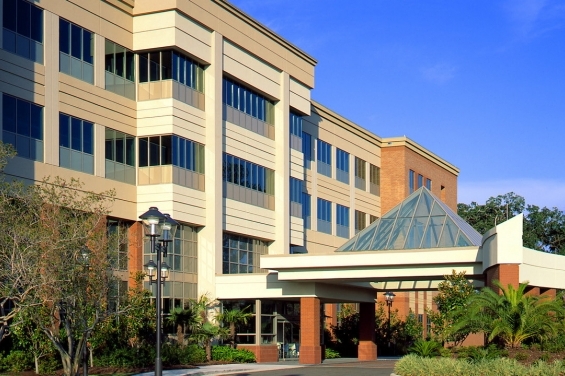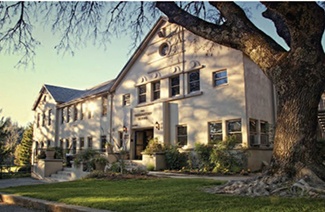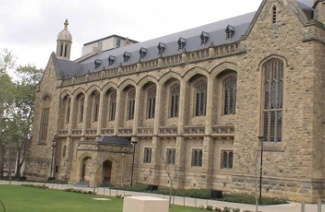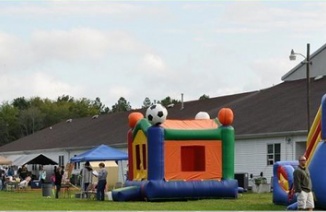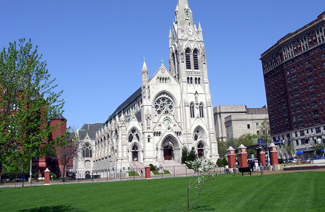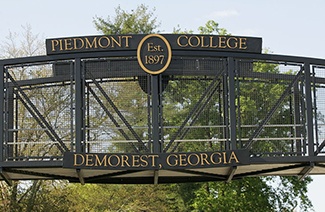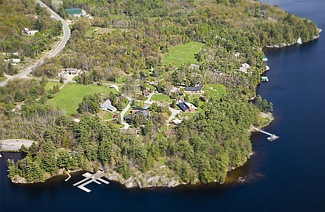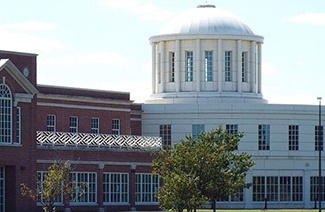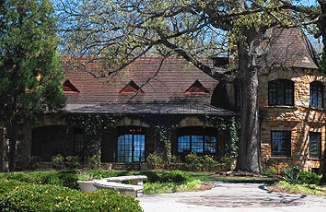3月9日亚太地区的SAT考试已经结束了,本次
第一篇:
How to Prevent an Oil Train Disaster
SIX days before last week’s deadly Amtrak derailment, a train carrying crude oil went off the tracks in rural North Dakota and burst into flames. Thankfully, no one was killed. But it should not take a deadly disaster — like the one that took 47 lives in the town of Lac-Mégantic, Quebec, in July 2013 — for us to grasp the risk from oil trains, which pass through many densely populated parts of the United States.
The Obama administration recently issued new safety rules for oil trains, to take effect in October. But it didn’t do the one thing many independent petroleum engineers say could immediately reduce the risk of a deadly disaster: require energy producers to remove more of the volatile gases that the oil contains when it comes out of the ground, before they load the crude into rail tankers.
This can be done easily at most wells. North Dakota recently required producers to extract some of these gases, which include propane and butane. The state is the epicenter of the new oil boom and was the departure point for most of the more than 400,000 oil tank cars that rolled across the United States in 2013.
But the North Dakota rule is still too lax, and instead of toughening it, the new federal rules focus on strengthening the tankers that carry the oil. That is a long overdue step that will take five years to complete. And already, the oil industry, which owns many of the tankers and will bear much of the cost of upgrading them, has sued to extend the deadline.
Oil companies have a financial stake in keeping the volatile gases in the oil. When the gas-laden oil arrives at refineries, the gases can be separated, processed and sold for added profit. The gases can even be sold overseas, something that can’t be done with the oil because crude oil can’t be exported.
If producers are forced to remove these lucrative gases at the well, that significant additional revenue would be lost. North Dakota doesn’t have the degasification plants and pipelines needed to process the gas and get it to market.
The danger for communities along the rail routes comes from what happens inside the tankers during the journey from wellhead to refinery. As the trains rumble along, the gases begin separating from the oil, forming an explosive blanket of vapors on top of the roughly 30,000 gallons of flammable oil that a single tanker usually contains.
If a derailment occurs and the tanker ruptures, a spark could ignite those vapors and send a mushroom-shaped fireball hundreds of feet into the sky, and flaming oil in all directions. A burning tanker could ignite the next one.
That’s what happened in Lac-Mégantic. It has also happened in nine other places in North America in the past two years, including Alabama, Virginia, West Virginia, Illinois and twice in North Dakota. Fortunately, nobody died in those other accidents because they occurred in rural, isolated areas. But oil trains also run through crowded urban and suburban neighborhoods. Albany is a major hub for oil shipments by trains from North Dakota, with trains traveling south along the Hudson River toward mid-Atlantic refineries.
第二篇:
Adapted from Eric Betz, “Let there be (less) light” ?2015 by the Los Angeles Times. Originally published August 16, 2015.
Looking out across Los Angeles from Mt. Wilson Observatory at night, the hills and mountains look like islands in a sea of light. It was here that Edwin Hubble first proved our universe was expanding at a rapid pace. From this vantage point you can still make out the major constellations, but drive into the light bubble and suddenly the cosmos feels awfully far away. The city shines so bright it blocks out the stars, a phenomenon known as "skyglow."
Light seeps into the sky from stadiums, malls, parking lots, offices and billboards. But streetlights, with their harsh bulbs, are the worst offenders…
We intuitively assume that more lights mean less crime. Indeed, police are often taught that, second to more cops, good lighting is the best crime deterrent.
Yet decades of research show there's no scientific reason to believe that darker streets are inherently more dangerous. And, increasingly, researchers are finding that excess light is toxic for both humans and wildlife.
In one study, published July 28 in the Journal of Epidemiology and Community Health, researchers examined 14 years of data from 62 local authorities across England and Wales, hunting for crime and collision trends among agencies that reduced their lighting.
But the health researchers found no link between collisions and lighting despite studying about 14,500 miles of roadways where streetlights were dimmed, lighted for only part of the night or shut off entirely. They also examined lighting's effect on crime and similarly found no increase in burglary, auto theft, robbery, violence or sexual assault in areas where lighting policy had changed.
The scientists published a companion study based on surveys of 520 people living in darkened areas. Many residents said they didn't even notice the dimming, let alone feel threatened by an uptick in crime.
Other studies back up these results. In 1998, for example, Chicago tried to fight crime with a three-phase plan that included upgrading 175,000 streetlights, as well as lights in transit stations and alleys around the city. The city kept experimental control areas unchanged and found that crime consistently increased in both the well-lighted and the control areas. Illinois criminal justice officials concluded that strolling down a dark alley was no more dangerous than doing so in a well-lighted one.
All this should make taxpayers uneasy. Last week, the Cities at Night project released a report estimating that the European Union alone spends about $7 billion annually to power streetlights.
But there's something much more troubling than wasted money about losing the night. A growing body of biological research suggests that nighttime lighting messes with the circadian rhythms of humans and other animals, wreaking havoc on everything from sleep patterns to DNA repair.
Studies have shown that nighttime light exposure is a risk factor for some cancers, diabetes, heart disease and obesity. As scientists continue to gather evidence, the American Medical Assn. has already recommended that cities reduce light pollution and that people avoid staring at electronic screens after dark.
LEDs are of particular concern. Cities around the world are converting from traditional yellow sodium-vapor lamps, which cast their light in a narrow range, to broad-spectrum LED streetlights. Los Angeles has installed 165,000 LEDs in recent years, slashing streetlight energy use by 60% and netting $8 million in energy savings annually.
The problem is that these bright lamps increase skyglow by emitting more blue light than the older technology. They also could have unintended effects on wildlife. Artificial lights can disrupt navigation, mating and feeding among the many nocturnal animals that share our cities.
A University of Bristol study published this month showed that certain moths can't perform evasive maneuvers against predatory bats under LEDs. And recent research in New Zealand shows some insects are 48% more attracted to the new LEDs than they were to the old-fashioned lights. The researchers worry that widespread use of the new technology will create a "white-light night" that intensifies light pollution's pressure on ecosystems.
The psychological loss is less measurable…
What happens when people grow up without stars? Do they lose their connection to the cosmos that our ancestors tracked so carefully, night after night?
以上就是关于“2019年3月9日SAT写作真题回忆及考情分析【亚太】”的内容,相信大家对接下来的备考内容,有更清晰的了解。考试成绩的高分,并不是一蹴而就的,大家还是需要踏踏实实的练习备考,才能真正的提升我们的分数。


